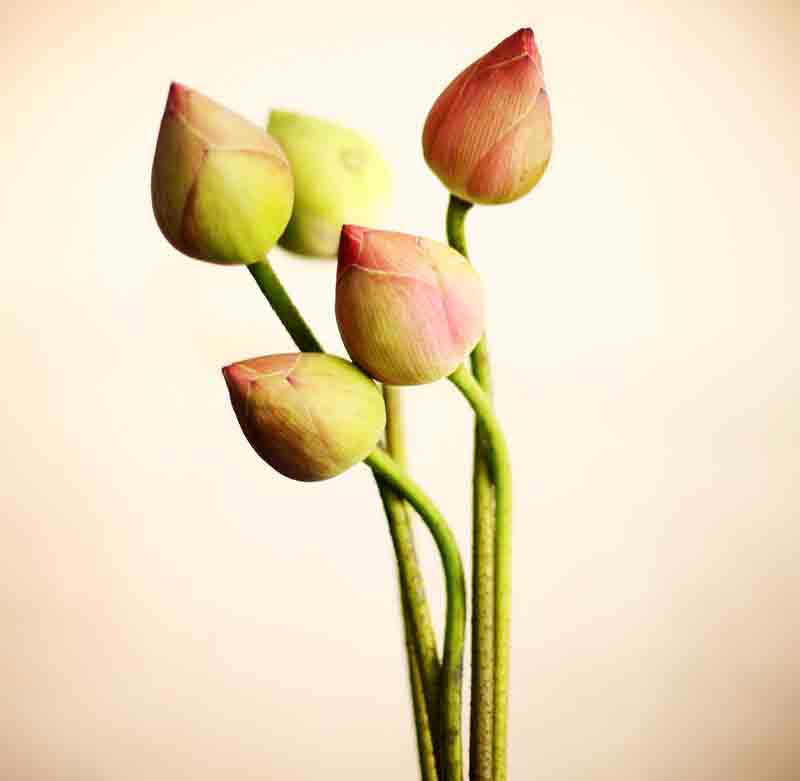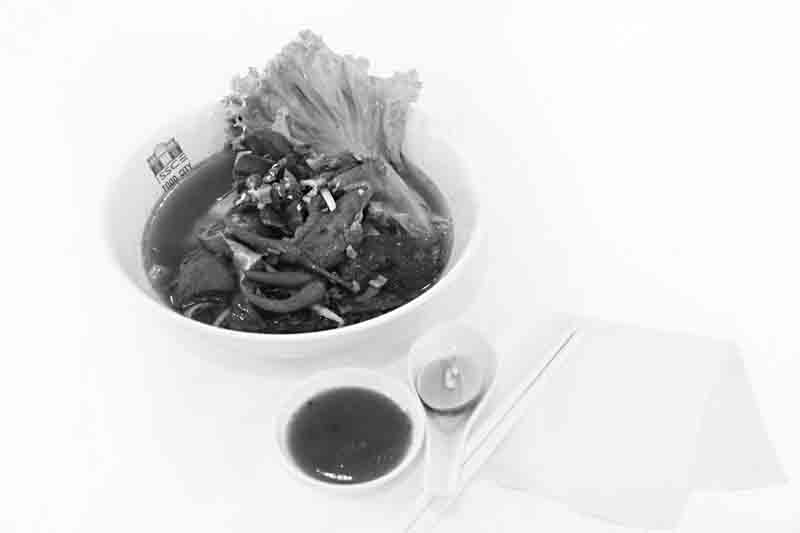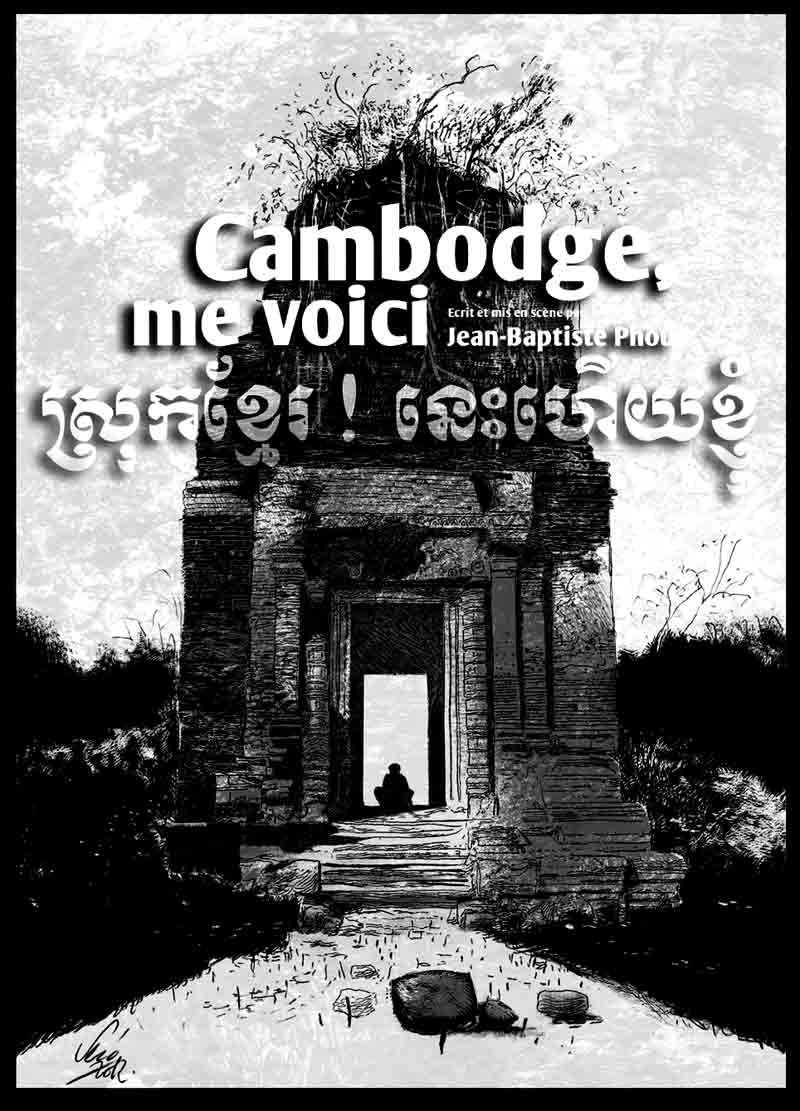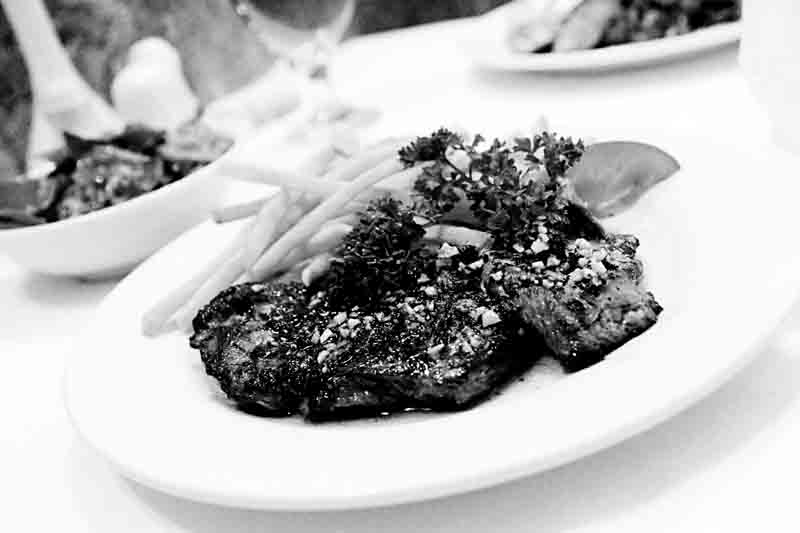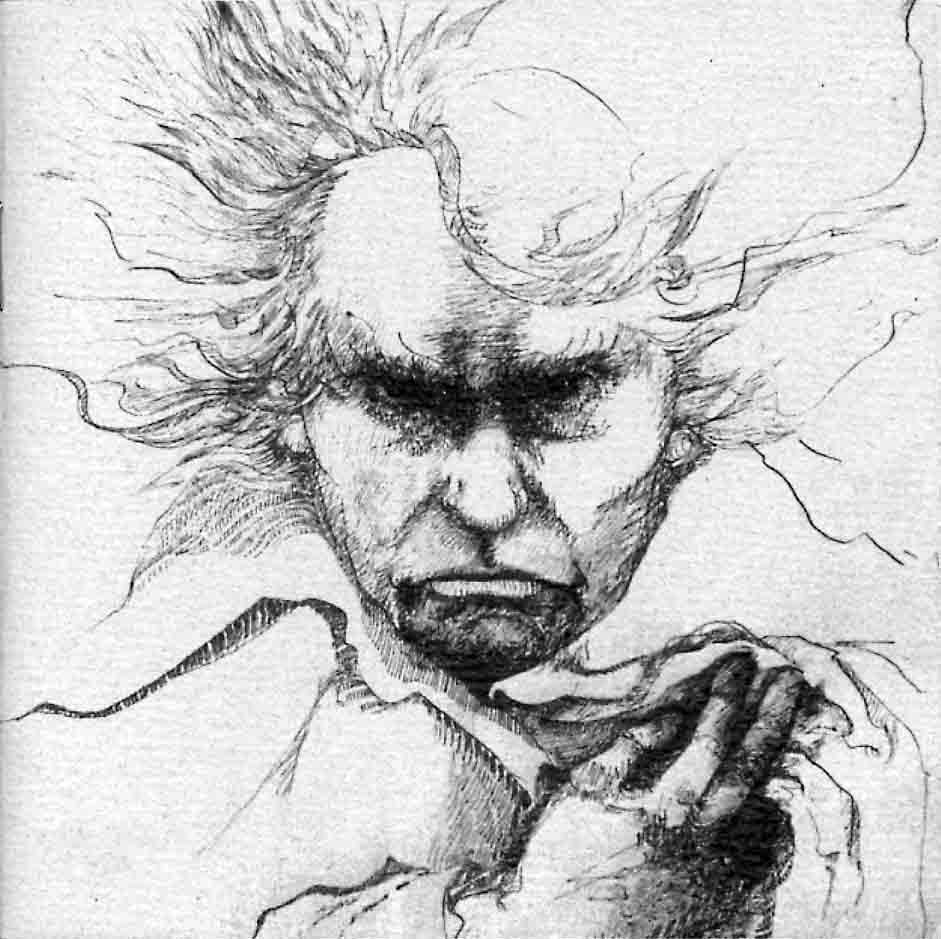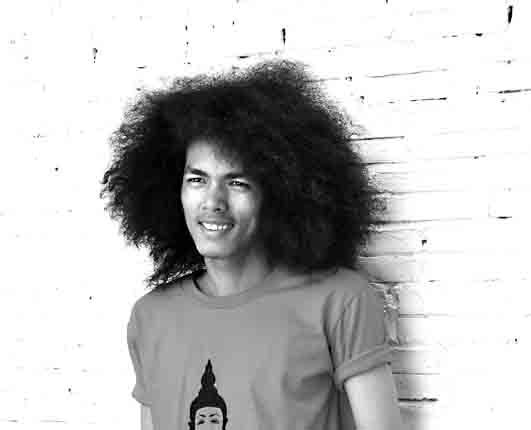The red velvet curtains part tantalisingly slowly. Atop a glittery stairway to heaven, a statuesque blonde, pink mini-dress and legs up to her armpits, turns just as slowly and winks even more tantalisingly to her audience. “Diamonds…” she lip-synchs smilingly. “Diamonds…” A gut-wobbling sound system kicks up and suddenly we’re into a cabaret explosion which would certainly put Nicole Kidman into a corner, and might even give Marilyn a run for her money. A phalanx of stunners surround the blonde, twirling and lifting her as she performs feats of derring-do previously thought to be impossible in 5-inch stilettos. These are probably the most beautiful girls you’ve ever seen. Except, as you’ve probably guessed, they’re not ‘girls’; they’re ladyboys.
Welcome to Siem Reap’s Rosana Broadway, the greatest ladyboy cabaret on Earth. Or at least in Cambodia. In fact, it’s the first and only such show in Cambodia. Gay friendly bars such as Phnom Penh’s Blue Chilli and Siem Reap’s Khmer Queen have been putting on drag shows for donkeys’ years, but Rosana Broadway is something else. A 900-seater auditorium, choreographers from Thailand, close to 100 high-kicking ladyboys and transvestites – this is no hole-in-the-wall affair. This is Las Vegas cabaret come to the Kingdom. In fabulous frocks.
General Manager Mr Atth Saengchai is keen to clear up any erroneous presumptions about the sort of outfit he’s running. There will be no funny business at Rosana: “We’re not a bar, not a café. I tell my staff you are talented, you are actresses and you have to be proud.”
Mr Atth knows what he’s talking about. Founder of the famed Calypso club in Thailand, in which Lady Gaga’s bejewelled presence has been spotted, he’s an old hand on the Thai cabaret scene. And quite a scene it is too: venues such as Miss Tiffany’s and Mambo in Pattaya can pull in almost 1,000 punters a show, with up to six performances a day in the tourist high season. Being a star in one of the top Thai cabarets can bring fame and fortune for the luckiest ladyboys.
Moreover, Thailand has had a thriving and increasingly socially accepted gender-bender culture for years. Ladyboys now have jobs in the corporate world as well as in entertainment; the ladyboy volleyball team The Iron Ladies are a national symbol; even the macho world of Thai boxing succumbed years ago to the charm and skills of Nong Tum, renowned for fighting with a full face of slap on, and planting the occasional cheeky kiss on her male opponent.
In Cambodia attitudes can be a little less laissez-vivre. Although Siem Reap and Phnom Penh both have a range of LGBT-friendly venues, traditional ways of thinking have sometimes made life tough for Khmer ladyboys. “Ladyboys here weren’t accepted.” Mr Atth shakes his head wonderingly. “They felt they had to hide something in the daytime, but they are human beings; they should have a better life.”
Backstage at Rosana’s, the rehearsal for that ticket to a better life is in full swing. Ladyboys, transvestites and members of Siem Reap’s gay community are jazz-handing so energetically it looks as though someone might sprain something vital. Diana Ross blasts from enormous speakers as a performer shimmies a perilously perfect bottom and a teenage boy backflips around her, pausing momentarily to grin before busting out some breaks. In high heels. The music morphs into Bollywood, and 20 dancers slip effortlessly into Apsara poses, their tilting heads and hands as beguiling as their shy smiles. The choreographer, in muscle vest and hair band, beats out the rhythm with his foot, while in the corner a gaggle of ‘girls’ are trying on tiaras with an aplomb that makes Kate Middleton look like an amateur. It’s like being on the set of Fame, but with less leg warmers and better hair extensions.
The energy in the room is infectious. That said, this is no summer camp; with two shows a day, 365 days a year planned, Rosana’s performers have to be at the top of their game. Each performance will last over an hour, and will be tailored to fit its audience as snugly as a sparkly leotard. “If we have a majority of Koreans one night, we will include more Korean songs,” explains Mr Atth. “If we have more Chinese, then more Chinese songs. But always this is a Cambodian show. We want local people to feel proud.” The huge phallic representation of Angkor Wat which forms the backdrop of the opening number should do the trick.
The Cambodian focus is mirrored in the performer demographic, with more than 70% Khmer to 30% Thai cast members. Mostly untrained before Rosana rolled into town, the Khmer ladyboys are being mentored by their more experienced Thai counterparts. Ana, the Monroe blonde, is happy to be part of the training process: “I’ve been in cabaret since I was 18, I love to be onstage. But I left Thailand and came here to help ladyboys in Cambodia. Before, they had no jobs – so sad.” She flutters her hands in front of her face and her voice becomes gravelly with emotion. “We did not choose to be born this way, but we are people, just like everyone else.”
Vannara, a 25-year-old Siem Reap native imbued with an elegance for which most women would gladly sacrifice their right arm, is one of those benefiting from Ana’s experience, as much in life as in the art of cabaret. Born to dance, at the age of 12 Vannara used to sneak into Apsara classes: “I didn’t tell anyone in the class I was a boy – no one ever guessed.” Now she says her family are happy she’s found a job at Rosana and can support herself. “It’s a little bit hard here compared to Thailand, but this is just how it is.” She looks up through a miasma of dusky eyelashes and smiles: “Maybe because people like Ana come here things are changing. Now no one around me hates me, because I don’t do anything which is wrong.”
At that moment the choreographer readjusts his hairbow and claps his hands. Twenty ladyboys skip to centre stage and stand, fingers clicking, counting down to what they hope will be the chance of a different way of life. From the wings, a transvestite with pigtails lets out an impromptu “Whoop!” of encouragement. Social attitudes may change slowly, but on this stage, at this very moment, in these sequins, the greatest ladyboy show in Cambodia is about to begin.
WHO: Your friendly local ladyboys
WHAT: Rosana Broadway Cabaret Show
WHERE: National Highway 6, Siem Reap
WHEN: Opening September 15
WHY: Not your average cocks in frocks
